That’s what I’ve been trying to accomplish: convenience. I mean sure, it’s great to see all sorts of exotic critters by getting abused by the airlines, staying in crappy accommodations, and spending large amounts of money, but there’s a lot to be said about stepping barely outside your doors to find subjects to photograph. Granted, they’re mostly all the same subjects, but when I start getting paid a decent wage for the photos, then we’ll see how my attitude changes. Not about the airlines though – they’ll still suck.
So yes, these are all within meters of the house, and I can honestly say that some of my efforts to encourage species have been working.

First off, a frame I shot for illustration, though using a different lens would have been better. It gives an impression of what happened when I spotted a subject with no camera in hand (I keep doing that – you’d think I’d learn by now,) and coming back properly armed only to spend some time trying to locate it again. But imagine being further back, because this is a mild telephoto shot, using the Mamiya 80mm macro. The color match is excellent right now, so the key is finding the shapes instead.
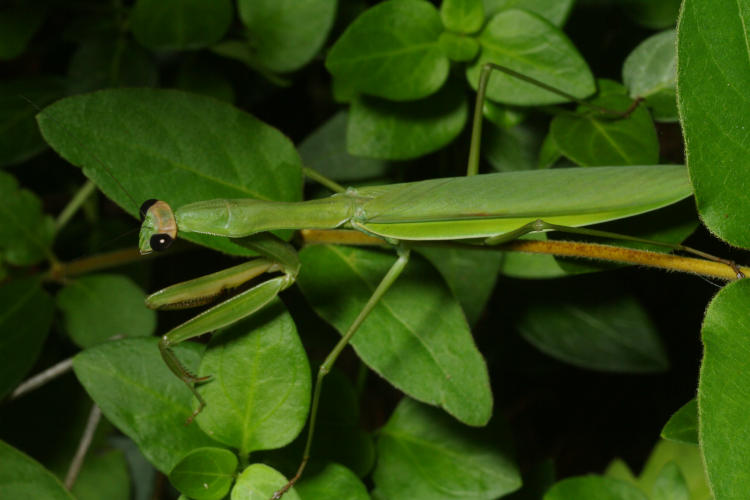
If I were to judge from the location (and I do,) this is the same Chinese mantis (Tenodera sinensis) that got hydrated on film. On sensor. In memory. Man, we need a new phrase to replace that, don’t we? Anyway, the primary change this time, aside from being a little larger, is the appearance of the wings, which means this is now a reproducing adult. Well, capable of reproducing – I didn’t inquire too deeply into its personal life, just the standard chatty stuff. The first I’ve seen this year, too. And no, I didn’t forget my manners, and fetched the misting can.
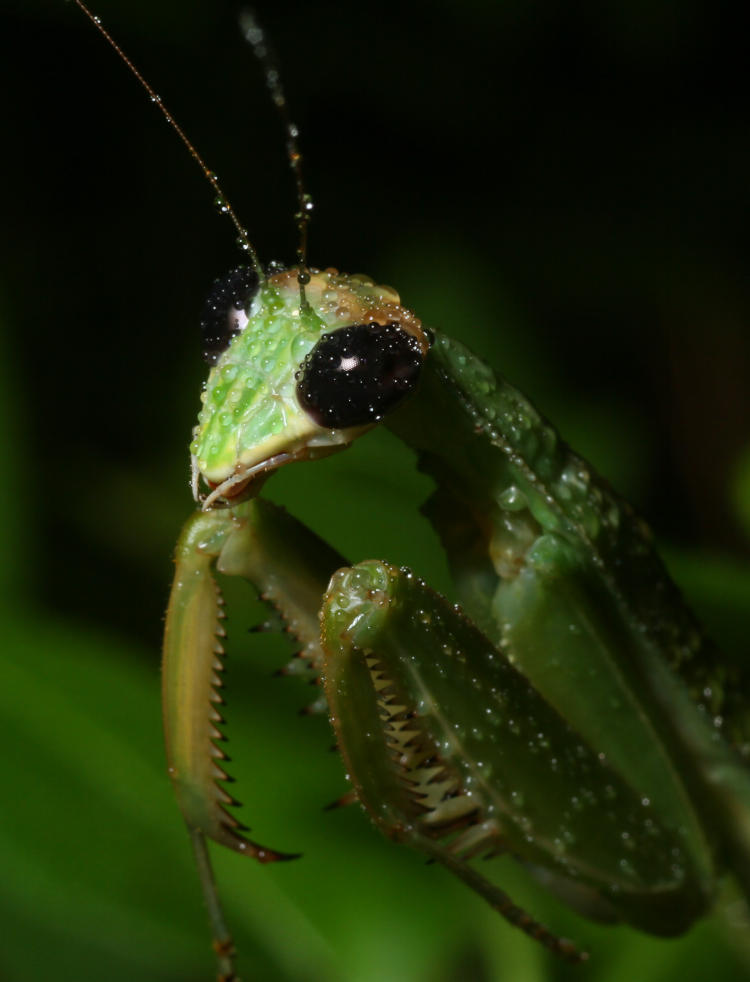
While not spooked under cover by the sudden jump in humidity, the mantis didn’t react favorably, either, possibly because the dewpoint had actually been reached that evening and its thirst was already quenched. The dark eyes betray that I was doing this at night, which was better for both of us, since the days are ridiculously hot right now. But the mist was photogenic anyway.
A few meters away, another mantis was spotted, this one also flashing its successful bar/bat mitzvah.
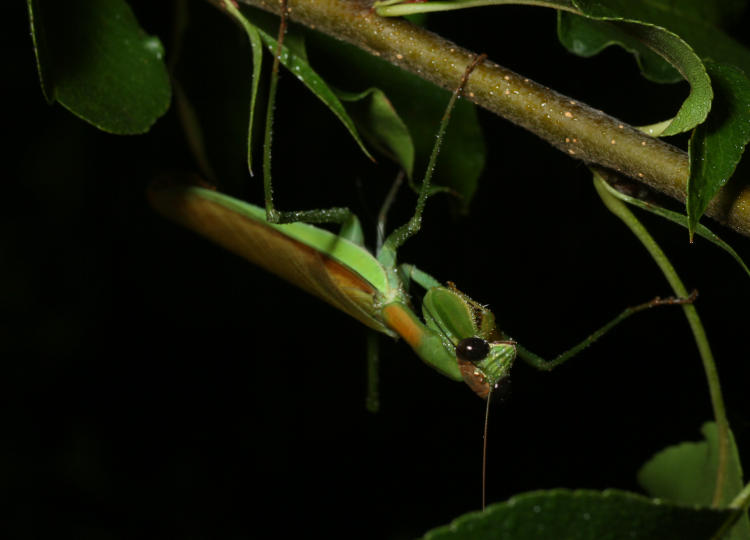
It just goes to show that I’ve haven’t been out enough watching for molting, because both of these were ones that I’d spotted before and knew where to find. Most likely, anyway.
Now for some scale shots. Nearby, a Carolina mantis (Stagmomantis carolina) was perched, and this was another one that required an awkward position, but as convenient as I like it, I’m willing to bend over awkwardly (maybe not backwards) for the shot.
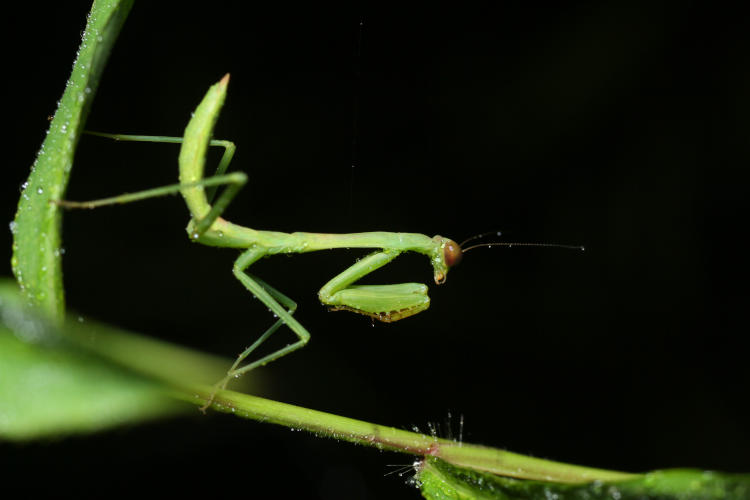
Technically, this should be rotated to the vertical, head downwards, but I’m leaving it this way for a reason. Carolina mantises are smaller than the Chinese, and hatch later, so this isn’t surprising, but I shot this frame and the following at the exact same magnification, both full-frame without cropping, so you can see the size disparity.

What was the magnification, you ask, or more specifically, how big were they? The smaller Carolina mantis was roughly 30mm in length, the Chinese was roughly 70. The Carolina had a ways to go to get to adult size, where it might top out at 50-60mm, and the Chinese could get perhaps another 20 longer itself. But yes, now I have to start watching very closely for mating behavior. No, not between the two species – stop being indelicate.
There was another super-convenient subject out there too, literally on the post on the front porch.
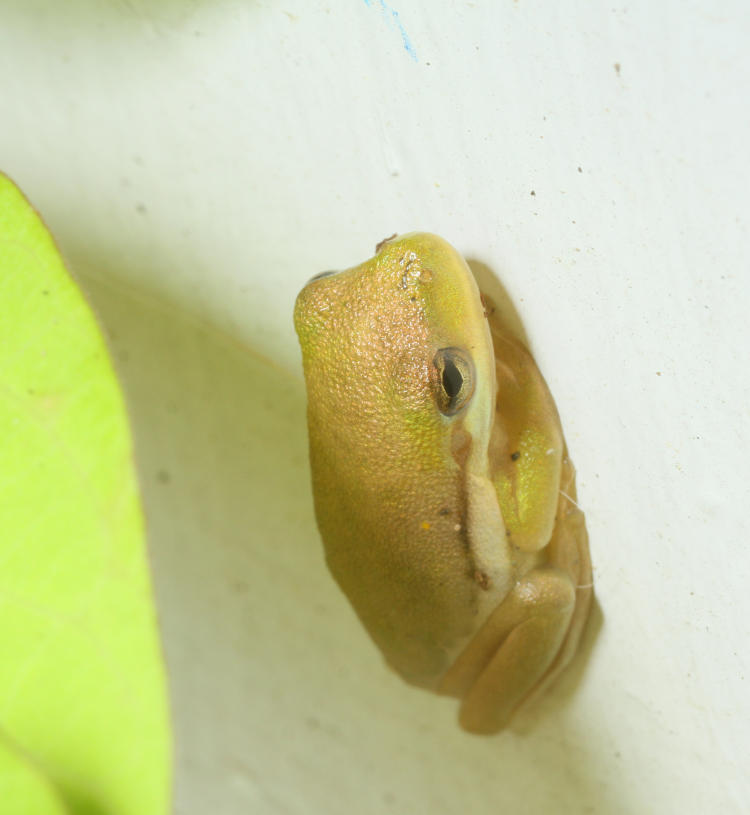
Yes, another juvenile green treefrog (Hyla cinerea,) but this was notable in being the same size as the new emergents across at the pond, and we’ll get scale on this one too. Some days back I’d noticed tadpoles getting big in the backyard pond, but subsequent checks (in the hopes of catching the legs and/or their emergence,) turned up nothing at all, and I was a little suspicious that something had gotten them. Seeing this little spud, and this wasn’t the only one, encouraged me to believe they’d simply struck off on their own while I wasn’t there to see it. But let’s see how close I can get.

Being against the post as it was, I couldn’t get to eye-level, and did the best I could. I had switched now from the Mamiya 80mm macro to the reversed Sigma 28-105, my super-macro even though it was never designed that way. Yet this isn’t the closest it can manage.

This is again full frame, and still not the closest the lens would allow, but about the best I was going to do with the post and flash unit and all that. Still doesn’t show scale either, but we can fix that.

Yes, that’s my own thumbnail – I’d been working on the car, hush. The fixed aperture in the broken Sigma allowed me the free hand to insert in the photo, and the frog didn’t leap away as expected. While the only one that I’d photographed last night, it’s far from the only one found, of all different sizes though with enough representatives this eentsy to be encouraging. And also anxiety-producing, because they’re hard to see even with close examinations, and I have plenty of things to do in the yard. I’m gonna shuffle a lot and watch for sudden movements, but at least I know they have a strong tendency to stay on leaves well off the ground and thus not directly underfoot.




















































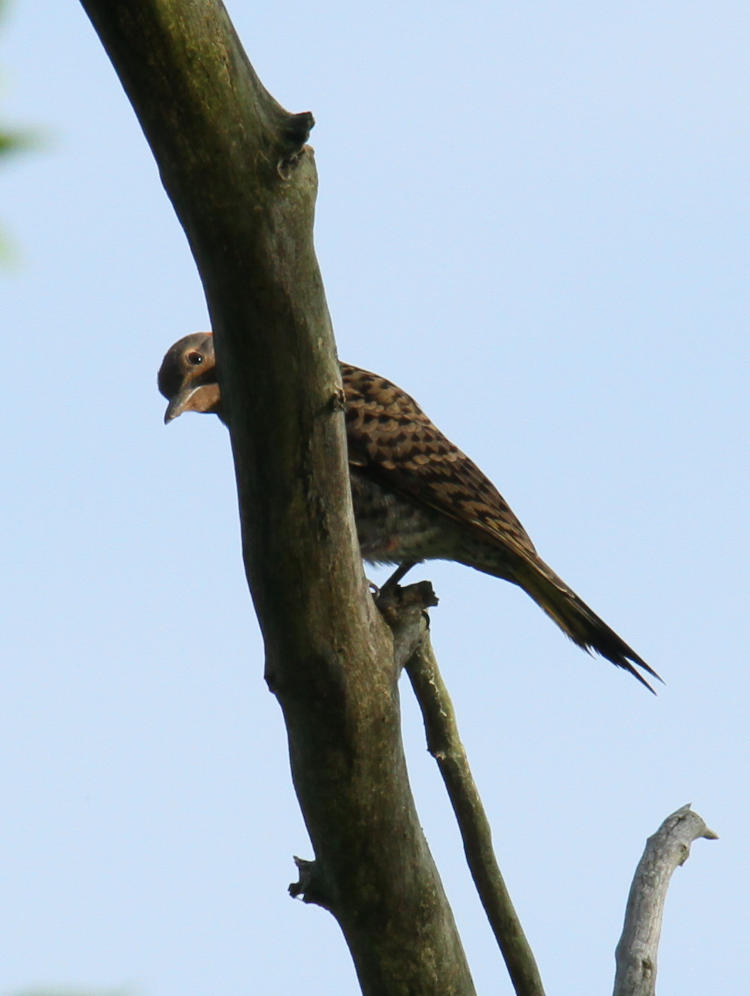

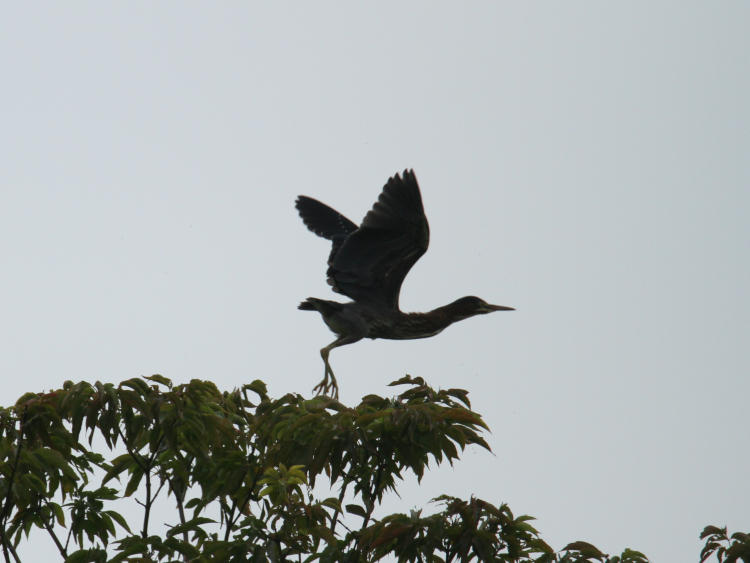




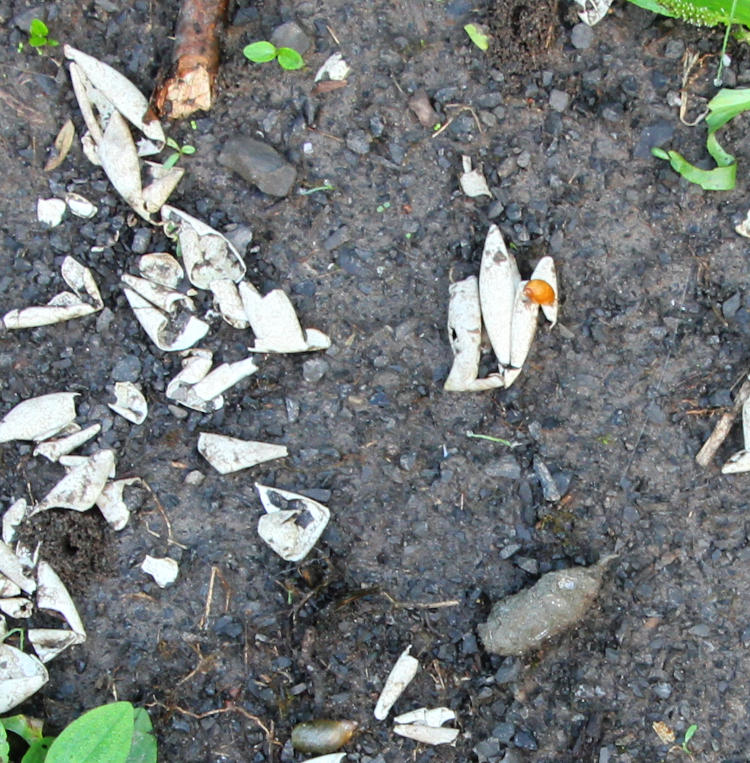
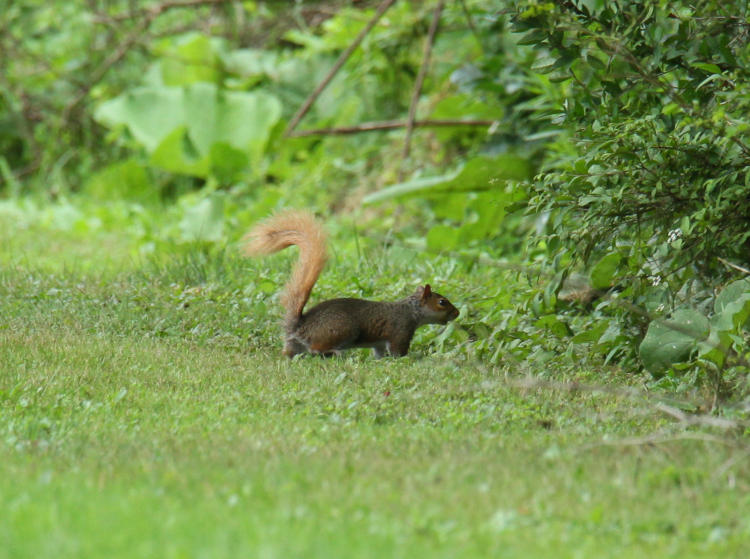
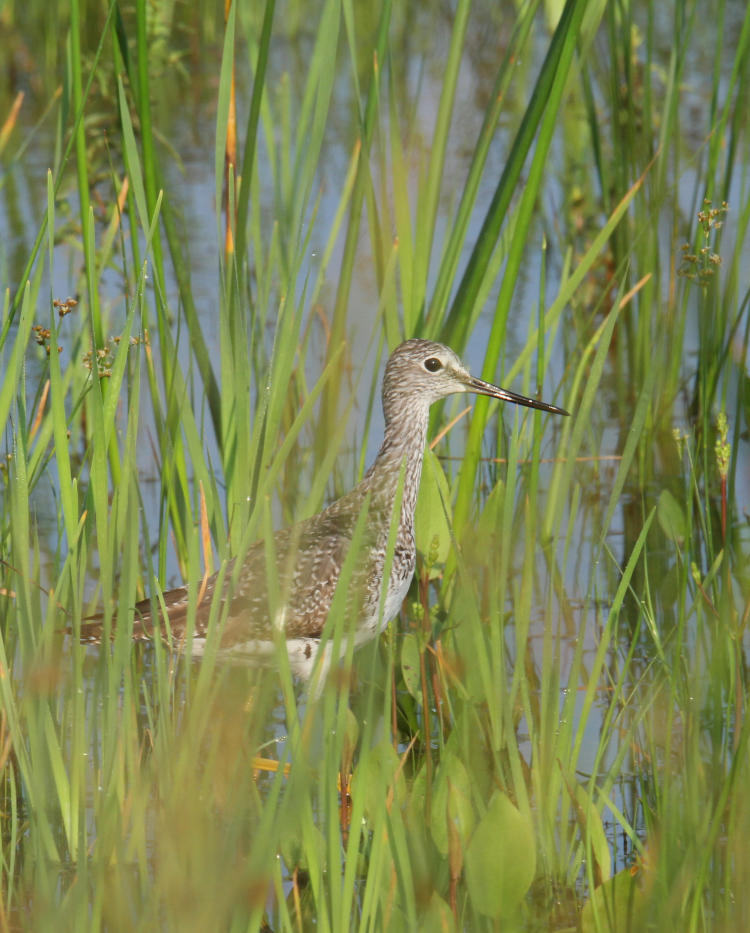
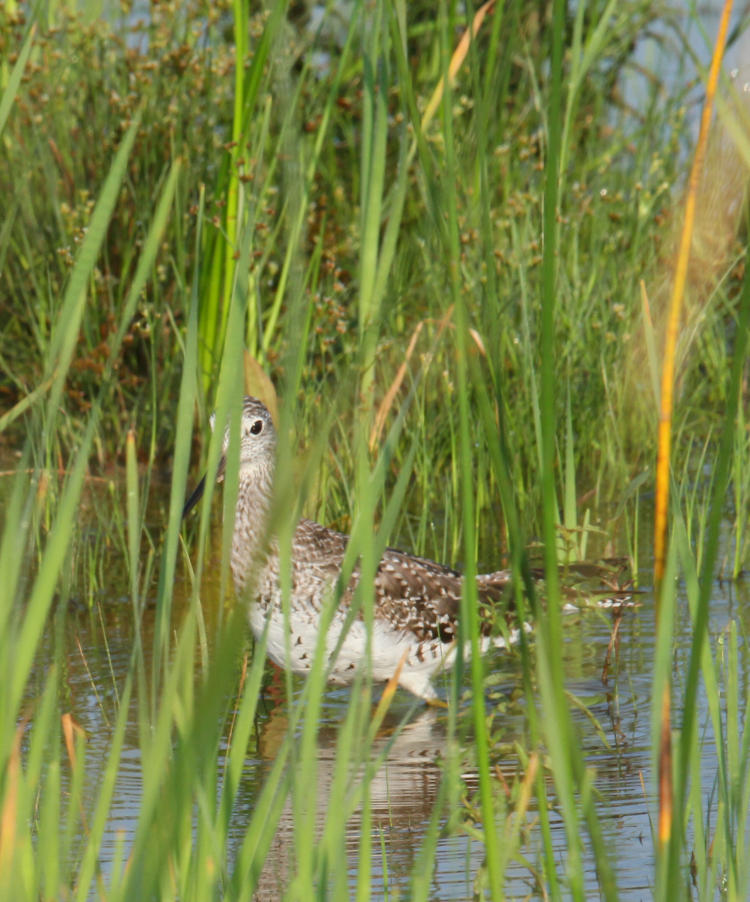
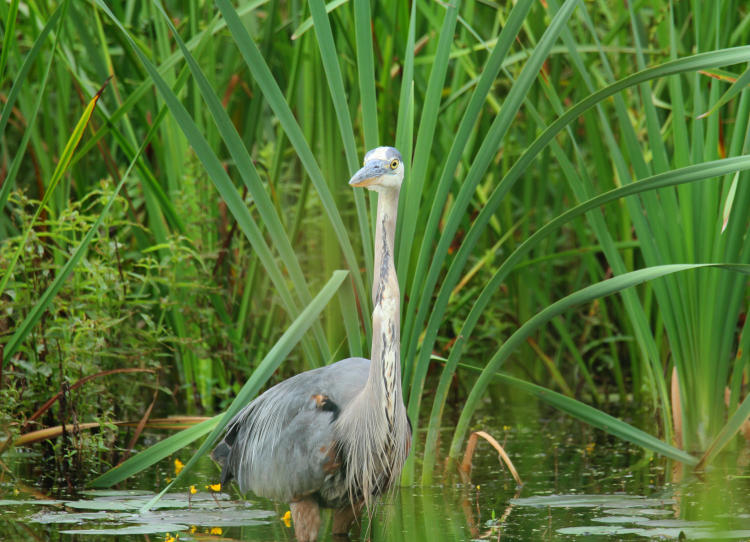




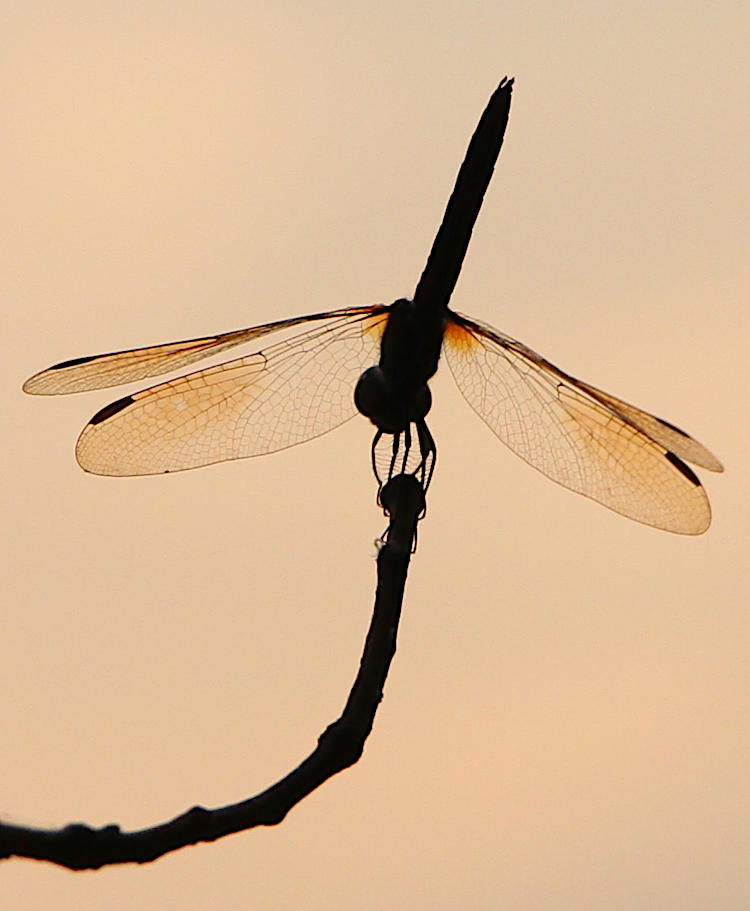


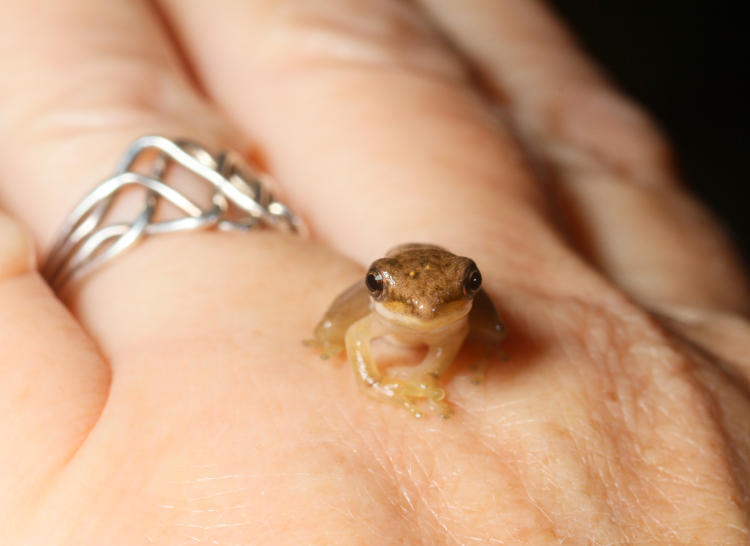
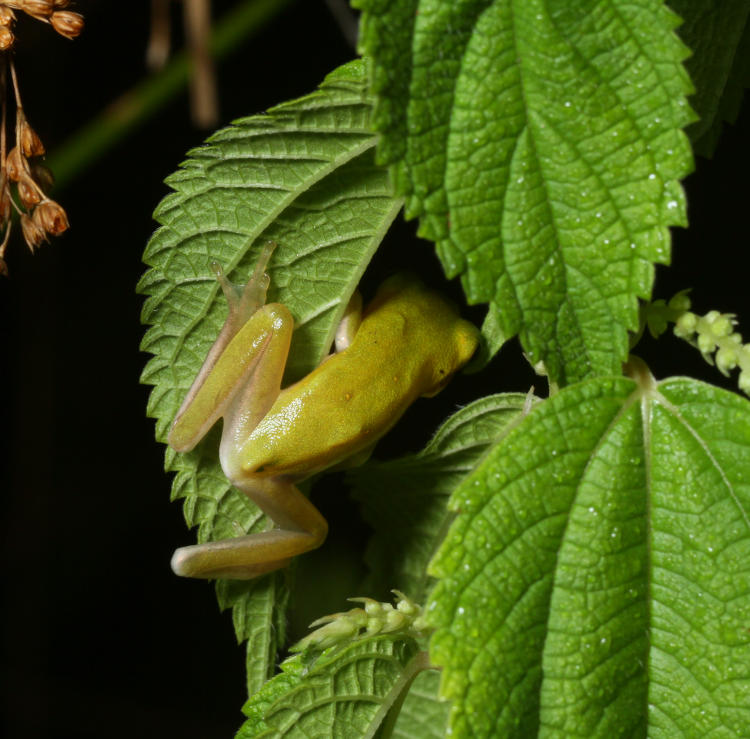
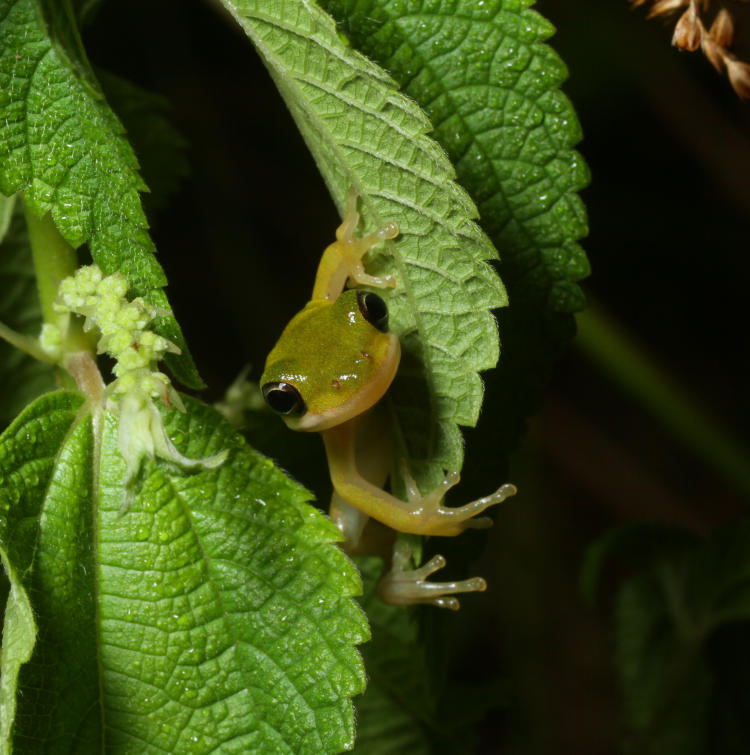
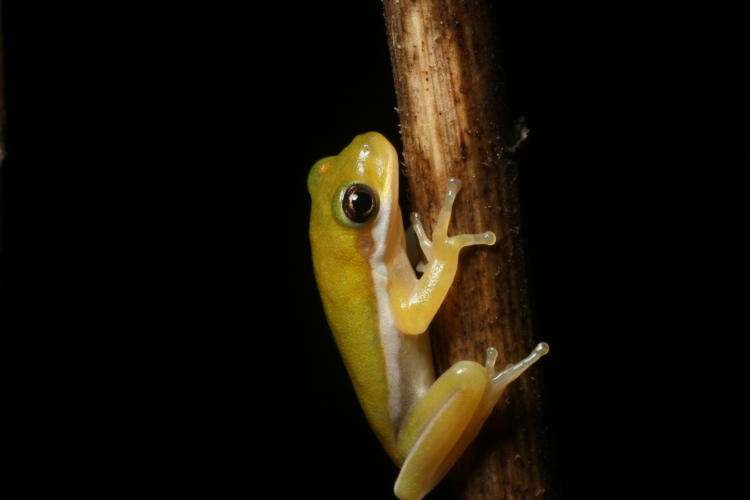

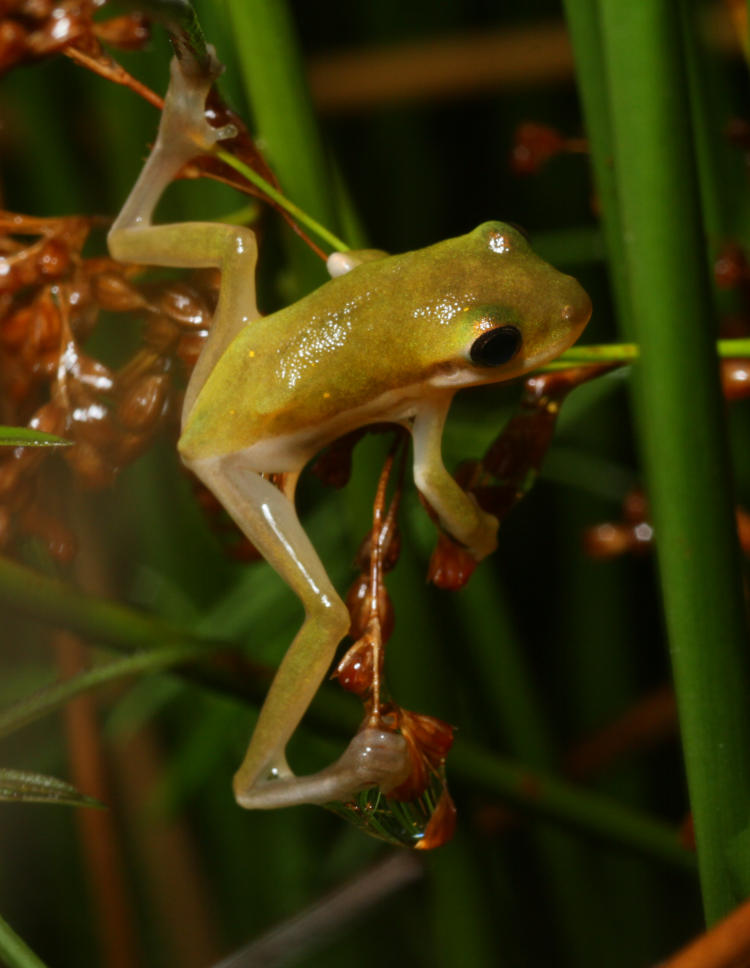



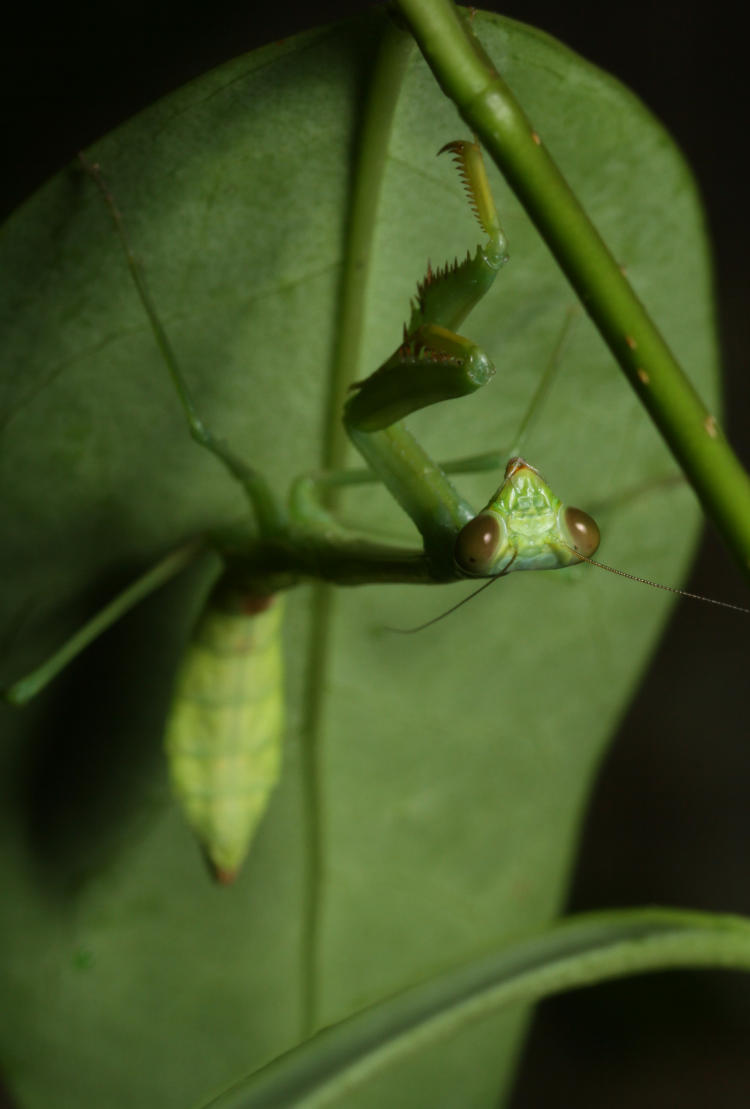

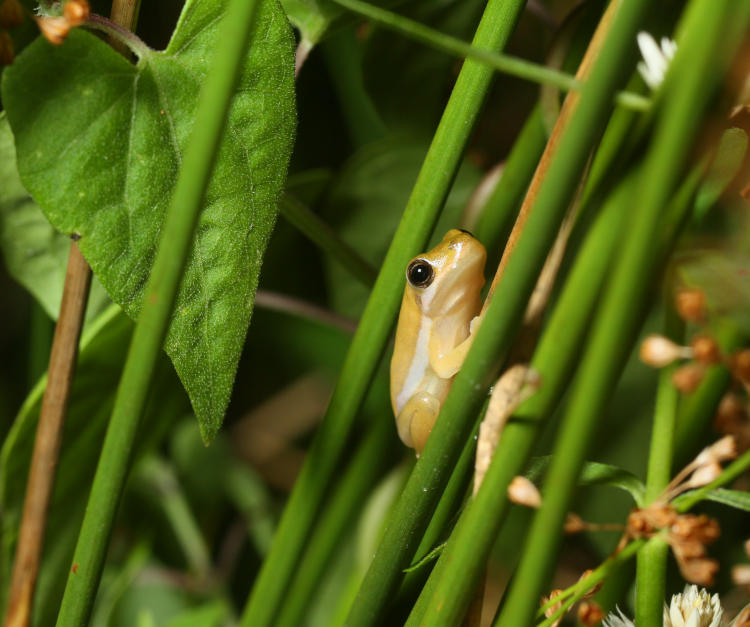
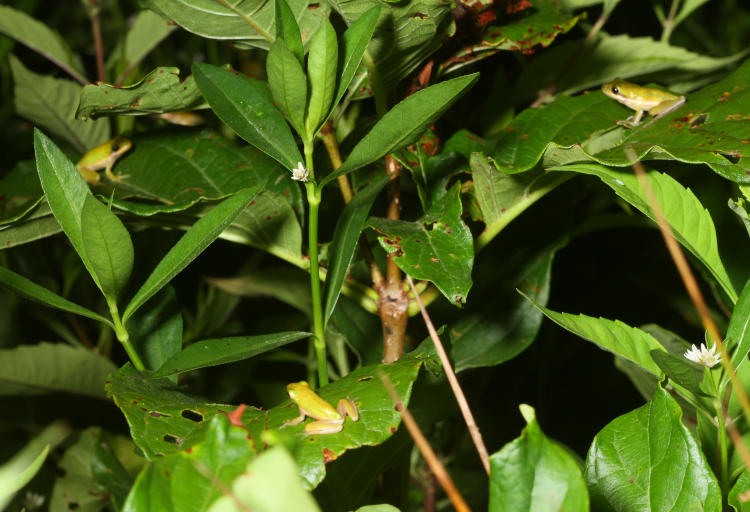



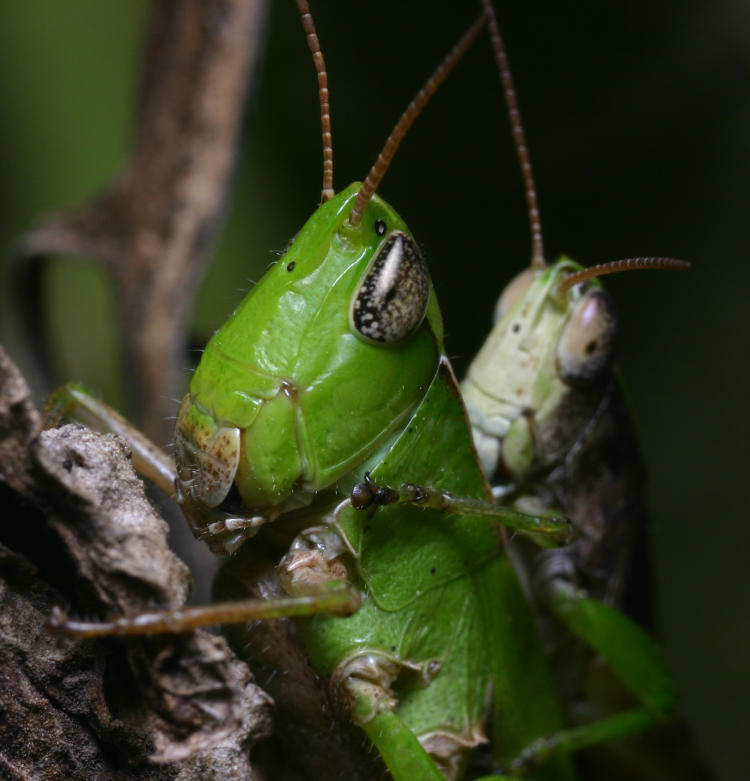



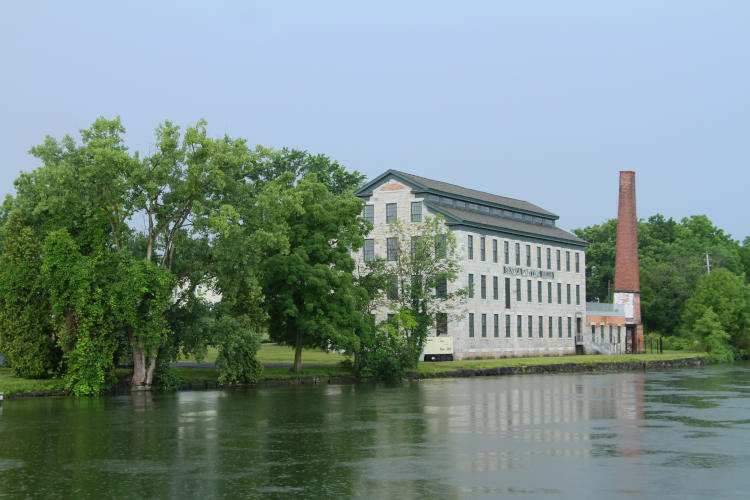
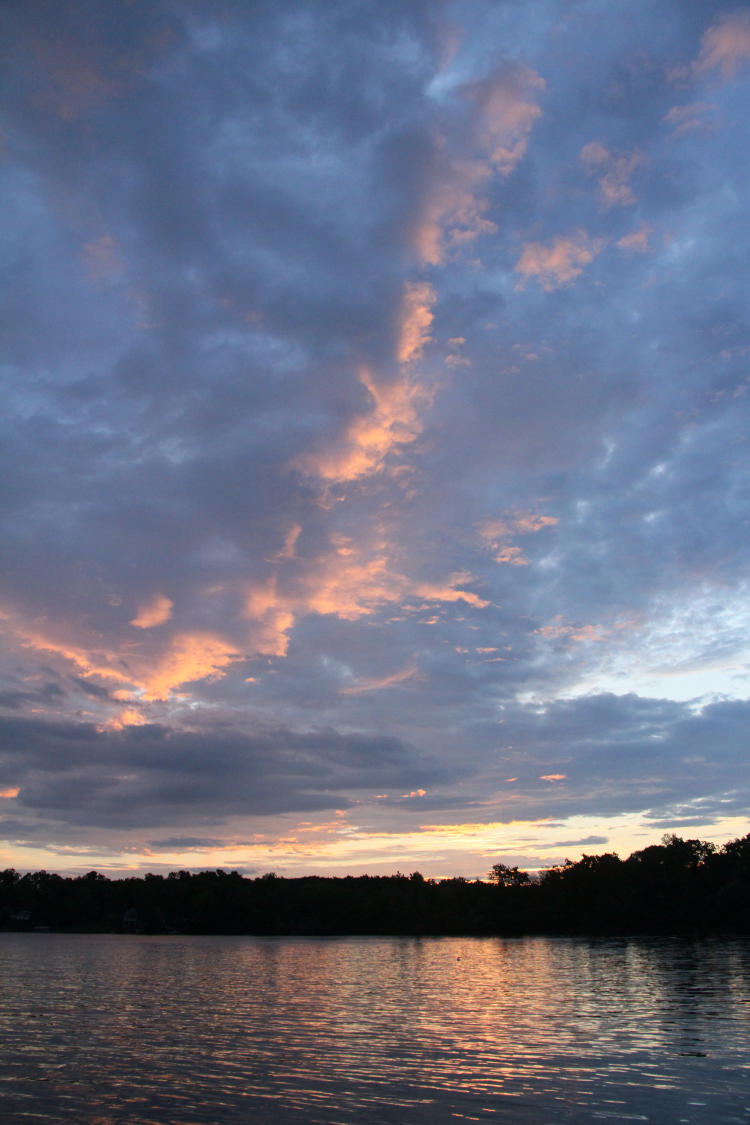



 The shooting location was determined through Google Earth, confirmed through Google Maps Street View (normally, you could do this through Google Earth too, except that the latest versions don’t work in Linux, and Street View won’t work anymore on the older version that does work on Linux.) Most especially, the angles of the various points on the façade pinned down the spot on the sidewalk, within maybe a handful meters or less, which led the next step.
The shooting location was determined through Google Earth, confirmed through Google Maps Street View (normally, you could do this through Google Earth too, except that the latest versions don’t work in Linux, and Street View won’t work anymore on the older version that does work on Linux.) Most especially, the angles of the various points on the façade pinned down the spot on the sidewalk, within maybe a handful meters or less, which led the next step.